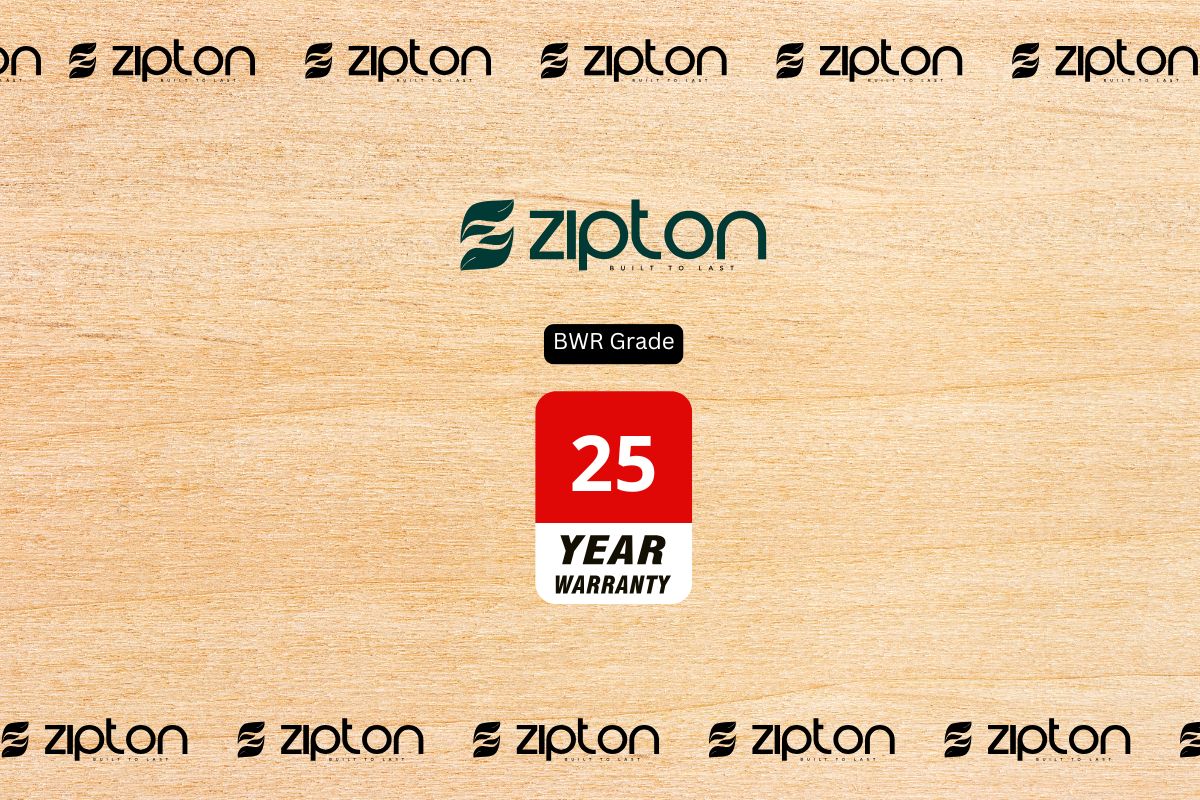Best Plywood for Furniture, Plywood is a popular choice for furniture making due to its durability, versatility, and affordability. However, with numerous types of plywood available in the market, selecting the best one for furniture can be overwhelming. we will explore the best plywood for furniture, discussing its characteristics, benefits, and applications.
Types of Plywood for Furniture
- Commercial Plywood: Suitable for general furniture making, commercial plywood is a cost-effective option.
- Marine Plywood: Ideal for outdoor furniture, marine plywood is resistant to moisture and humidity.
- Birch Plywood: A popular choice for furniture making, birch plywood offers a smooth, even surface.
- Oak Plywood: Adds a touch of elegance to furniture, oak plywood is known for its distinctive grain pattern.
Characteristics of Good Plywood for Furniture
- Thickness: 1/2 inch, 3/4 inch, or 1 inch thick plywood is suitable for most furniture projects.
- Moisture Resistance: Look for plywood with a moisture-resistant adhesive to prevent delamination.
- Density: Higher density plywood is stronger and more durable.
- Surface Finish: A smooth, even surface finish is essential for furniture making.
Benefits of Using Plywood for Furniture
- Cost-Effective: Plywood is generally less expensive than solid wood.
- Durable: Plywood is resistant to warping, shrinking, and cracking.
- Versatile: Plywood can be used for a wide range of furniture projects.
- Eco-Friendly: Plywood is made from sustainable wood sources.
Applications of Plywood in Furniture Making
- Cabinets and Shelves: Plywood is ideal for building cabinets, shelves, and storage units.
- Tables and Desks: Plywood can be used to make table tops, desk surfaces, and drawer bottoms.
- Chairs and Sofas: Plywood is suitable for building chair frames, sofa bases, and headboards.
- Bed Frames and Headboards: Plywood can be used to make bed frames, headboards, and footboards.
Tips for Working with Plywood
- Use proper cutting techniques: Avoid tearing or splintering the plywood.
- Sand the surface: Smooth out the surface to ensure a even finish.
- Use appropriate fasteners: Choose screws or nails suitable for plywood.
- Apply a finish: Protect the plywood with a finish, such as stain, paint, or varnish.
Conclusion
In conclusion, the best plywood for furniture depends on the specific project requirements, budget, and desired finish. By considering the characteristics, benefits, and applications of plywood, you can make an informed decision and choose the right plywood for your furniture making needs.




